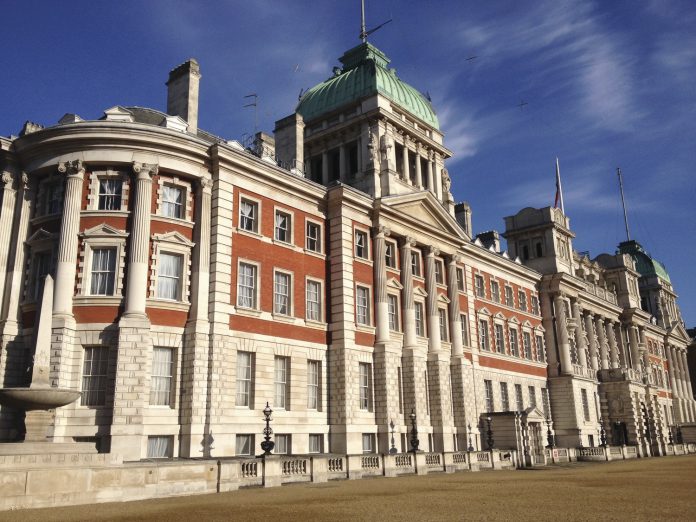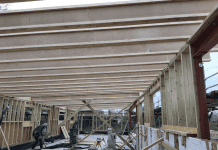Changing briefs in a post-pandemic world recognise the value of repurposing heritage buildings, say Amy Punter, Olivia Evans and Kate Glensman of engineering consultancy Hoare Lea
It’s a much-quoted statistic that 80% of the buildings that will exist in 2050 have already been built. In the same vein, most of the approximately 400,000 listed buildings and scheduled monuments in England (and circa 20,000 in London alone) will also still exist.
Yet the refurbishment of heritage buildings is often viewed as particularly risky and challenging due to the inherent unknowns and possibility of unforeseen discoveries made along the way.
In the wake of Covid-19 and the climate emergency, the fundamental embodied carbon benefits of utilising existing older buildings is vital. Add in the drive towards a circular economy, and the advantages become undeniable.
A new appeal
When it comes to meeting budgets and briefs, it’s understandable why new builds have been appealing. Yet, in our post-pandemic world, many briefs are changing. Workplaces, for example, are not likely to be looking for the typical open-plan, one-person per 8 sq m office space of the past.
Collaboration, connection and wellbeing promotion are the new workplace briefs – and recent research has identified a positive impact that heritage spaces have on this. Previously perceived as “awkward”, heritage spaces (with their unusual features, textures and history) will become more valued for their individuality and contribution to a unique working environment.
Positive preservation
If the owners of historic buildings cannot find a use for them, they fall into disrepair and end up a lost opportunity: a loss to society and our collective architectural and communal history.
However, as we see social responsibility towards the community, environment and occupants become a driving force in building selection, we have an opportunity to elevate the rate at which we refurbish and preserve historic buildings. Ultimately, encouraging and supporting more heritage refurbishments is something everyone in our industry can play their part in – here are just some of the ways we can get started:
- Fit the use to the building instead of forcing the building to adapt to a use it’s not best suited to.
- Categorise listed buildings in terms of best-fit uses and afforded incentives such as pre-approved outline planning status for conversion to the intended use.
- Give heritage buildings more leeway to achieve net zero carbon with more offsite measures than new builds, recognising the circular economy and societal benefits that bringing heritage buildings back into use delivers.
- Consider whether rules preventing interventions on heritage assets can be relaxed to recognise wider social benefits. For example, it is now more accepted to see interventions for the installation of lifts to facilitate accessibility. Should the need to improve energy performance be given similar weight?
- Look at new metrics that measure embodied carbon criteria to include the amount saved by avoiding demolition and rebuilding, assess how many people would benefit from the building per sq m and hours of occupation per kWh of energy consumed.
Introducing new incentives and approaches, such as those proposed here, are vital if we are to encourage more effective and efficient use of existing historic building stock – and it’s clear there are vital social, environmental and commercial benefits to be gained by doing so.
A nationwide cultural shift in the approach towards the refurbishment of historic buildings would benefit us all.
Amy Punter, Olivia Evans and Kate Glensman
Hoare Lea
Tel: +44 (0)20 3668 7100
Twitter: @hoarelea
LinkedIn: Hoare Lea
Instagram: @hoare_lea

















